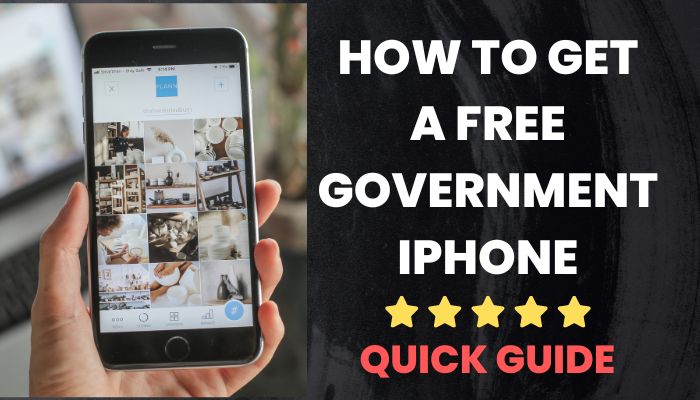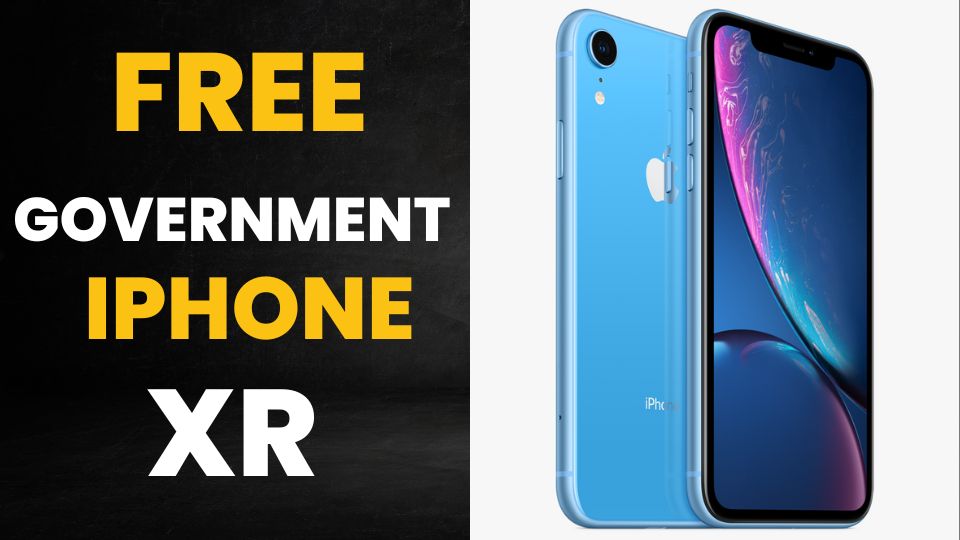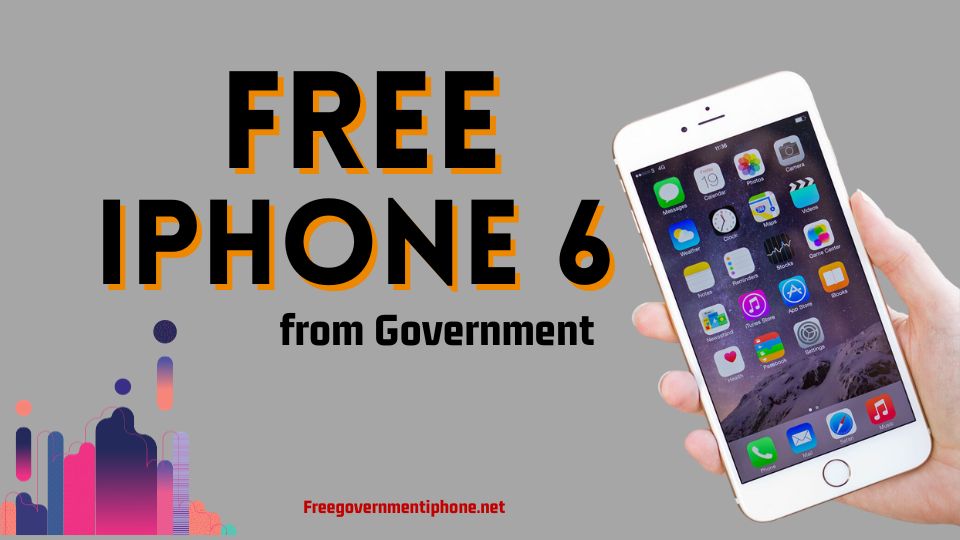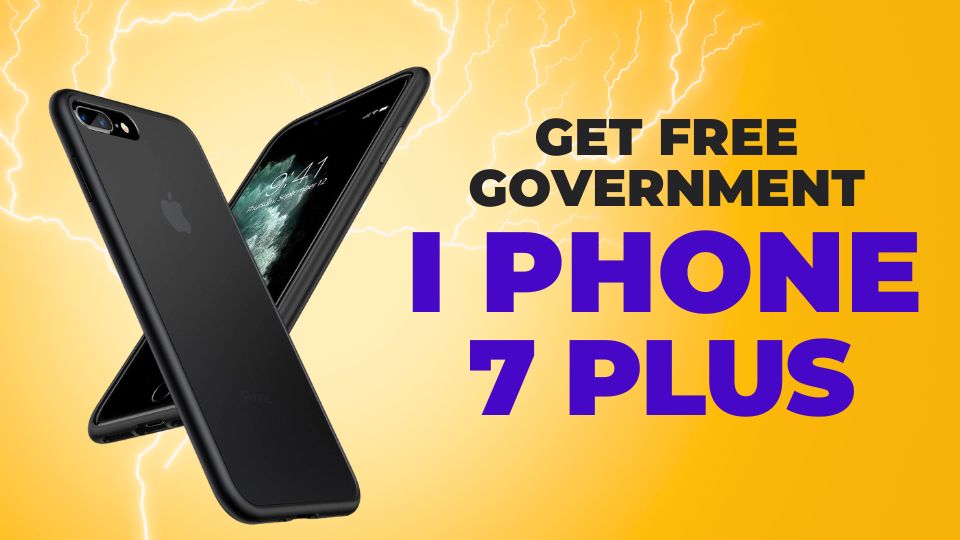How To Get A Free Government iPhone: A Quick Guide [2024]
Are you looking for ways and searching for how to get a free government iPhone in 2024? The Lifeline Assistance Program, sponsored by the Federal Communications Commission (FCC), aims to bridge the gap for low-income Americans by providing free government smartphones and affordable mobile services. In this comprehensive guide, we will detail the eligibility criteria, participating providers, application process, benefits, and common questions surrounding this valuable initiative.
What is The Lifeline Assistance Program?
The Lifeline Assistance Program is a federal initiative sponsored by the Federal Communications Commission (FCC) in the United States. Its primary goal is to provide affordable communication services, including phone and internet access, to low-income individuals and families. This program ensures that eligible participants have access to essential communication tools, allowing them to stay connected with loved ones, access emergency services, and explore employment opportunities.
Through the Lifeline Assistance Program, qualified applicants can receive a free government smartphone and a monthly plan that includes voice minutes, text messages, and a data allowance.
How To Get A Free Government iPhone
History of the Lifeline Assistance Program
The Lifeline Assistance Program, often referred to as “Lifeline,” has its roots in the Reagan era. Established in 1985, the program’s primary objective was to ensure that all Americans, irrespective of their economic circumstances, had access to affordable communication services.
Origins: The inception of Lifeline came at a pivotal moment in telecommunications history. As the nation was transitioning from monopolistic communication services, there was a growing need to ensure that telephone service, considered a lifeline in emergencies and a critical tool for social and economic participation, remained within everyone’s reach. Thus, the Federal Communications Commission (FCC) introduced Lifeline as part of broader efforts to reform the telecommunications sector.
Evolution: Over the years, as technology and societal needs evolved, so did Lifeline. Originally, the program was designed to provide discounts on monthly telephone service for eligible low-income consumers. However, with the dawn of the digital age and the increasing importance of the internet, Lifeline expanded its services. In 2005, recognizing the growing ubiquity and importance of mobile communication, the FCC allowed the program’s discounts to be applied to wireless service plans.
This decision reflected the shifting communication habits of Americans and ensured that the underserved could benefit from the convenience and flexibility of mobile communication. By 2016, with the internet having become an indispensable tool for education, employment, and healthcare, the FCC further modernized Lifeline, allowing the program to provide broadband internet service to eligible participants.
Challenges and Improvements
Like any long-standing federal initiative, Lifeline has faced its share of challenges. Over the years, concerns about potential misuse and fraudulent claims prompted the FCC to institute more rigorous verification and re-certification processes. In 2012, the FCC established the National Lifeline Accountability Database to prevent multiple carriers from receiving support for the same subscriber.
Eligibility Criteria
To qualify for a free government smartphone, applicants must meet specific income-based or program-based requirements.
Eligibility criteria include:
Income-based Eligibility: Your total household income must be at or below 135% of the Federal Poverty Guidelines.
Program-based Eligibility: You or a household member must participate in at least one of the following government assistance programs:
- Supplemental Nutrition Assistance Program (SNAP)
- Medicaid
- Supplemental Security Income (SSI)
- Federal Public Housing Assistance (FPHA)
- Veterans Pension and Survivors Benefit
Proof of income or participation in a qualifying program is required during the application process.
Service Limitations of the Lifeline Assistance Program
The Lifeline Assistance Program, while immensely beneficial, is not without its set of limitations. Designed to ensure basic connectivity for low-income Americans, the program doesn’t provide unlimited services but rather a foundational level of access to meet essential communication needs.
Data Caps: One of the primary limitations participants might encounter is data caps. Depending on the service provider and the plan chosen, there might be a predetermined limit on the amount of high-speed data that can be used within a billing cycle. Once this limit is reached, data speeds may be reduced, or additional charges might be applied if one opts to purchase more data.
Call Minutes: The program also often comes with restrictions on call minutes. While most plans do provide a substantial number of minutes sufficient for regular use, it may not be unlimited. This limitation ensures that the program’s resources are spread evenly among all participants, but it’s essential to be mindful of usage to avoid running out of minutes before the month’s end.
Text Messages: Just like call minutes, there might be a cap on the number of text messages one can send in a month. However, given the rise of internet-based messaging services, many users find that they rarely, if ever, reach these text message limits.
Limited International Services: While the Lifeline program covers local and sometimes national calls, international calls are often not included. If international communication is a necessity, participants might need to explore supplemental services or alternative communication methods.
Device Restrictions: Depending on the provider, there may be stipulations about the type of device provided. Some may offer basic smartphones while others might provide more advanced models. It’s also worth noting that while the program does offer free phones, the latest models or premium brands might not be available.
Service Areas: While the Lifeline program aims to provide widespread coverage, there may be areas, especially in remote or rural regions, where service might be limited or unavailable due to the lack of infrastructure.
Participating Providers and How to Apply
Several providers participate in the Lifeline Assistance Program, offering free government smartphones and affordable mobile plans. Major providers include:
- Assurance Wireless
- Safelink Wireless
- Access Wireless
- Q Link Wireless
To apply for a free government smartphone, follow these steps:
- Check Eligibility: Visit the National Verifier to confirm your eligibility for the Lifeline Assistance Program.
- Choose a Provider: Research participating providers and select the one that best fits your needs.
- Apply: Complete the provider’s application process, either online or over the phone. Provide the necessary documentation to prove your eligibility.
- Receive Your Smartphone: If approved, you will receive







